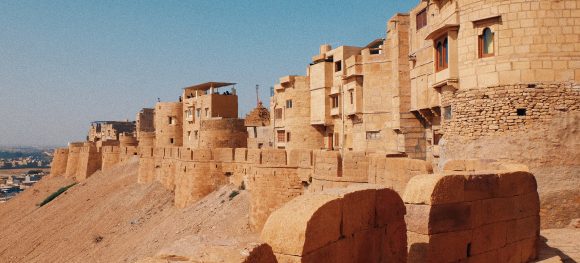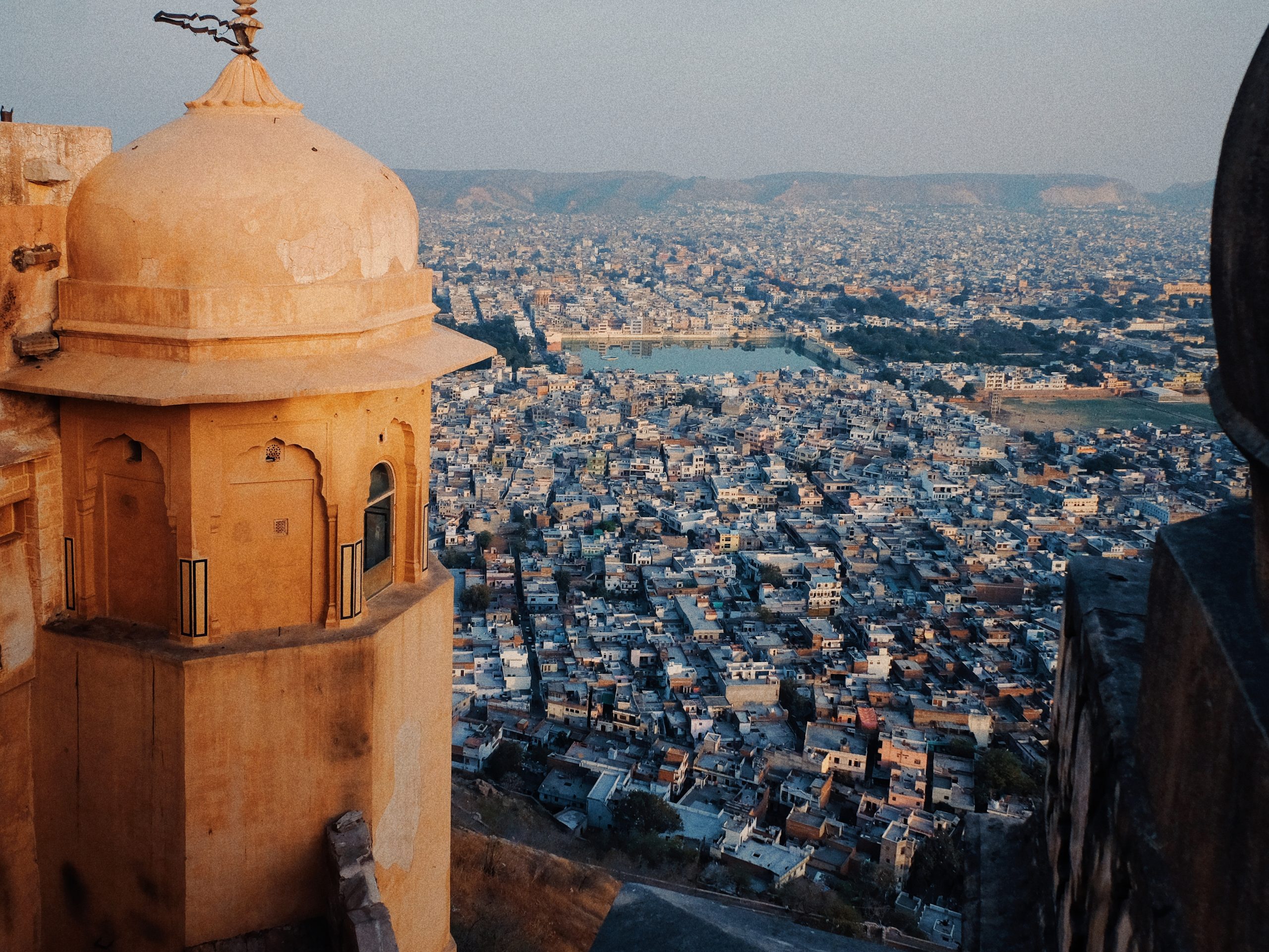



February 20, 2018. Jaisalmer Fort is a fortified city built on top of a desert outcrop in the middle of the vast Thar in northern India. Established in 1156 by the Rajput ruler Jaisal (hence, the name ‘Jaisalmer’), it continues to be inhabited by residents, which makes it one of the world’s remaining “living forts”.

Walking along the alleys in Jaisalmer Fort, I notice the color of almost all buildings is almost the same as the sands and stones of the desert. So when you look at the town from afar it literally looks like the town rose from the ground up. Jaisalmer is sometimes referred to as the golden city. Not difficult to see why, seen from the fort.

February 18, 2018. Rajasthan is not named “the land of kings” for nothing. Its cities feature monuments, forts and palaces of the different families that ruled the land over the centuries. The day before, I visited the City Palace in the center of the city’s old district. This day, I visited another one of such palaces–the Hawa Mahal.



Known as the ‘Palace of Winds’, the Hawa Mahal is a complex with a five-storey building that was built in 1799 by the ruling maharaja at the time. The main palace features a facade that looks like a honeycomb, decorated with almost a thousand small window openings adorned with intricate designs. The main reason behind the making of Hawa Mahal was for Rajput women who were not allowed to appear in public places. Through the small windows, the women were able to watch royal processions and see the city from behind the walls, without people from the outside being able to see those behind.

